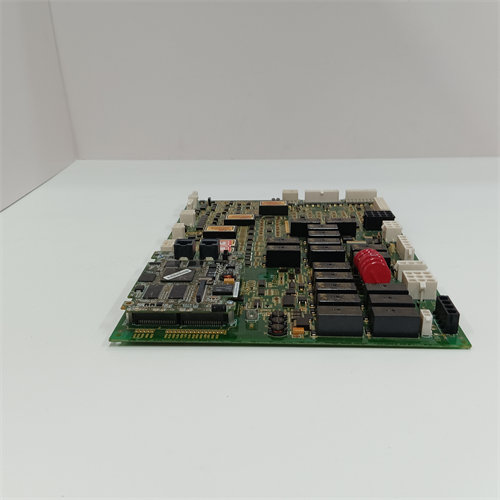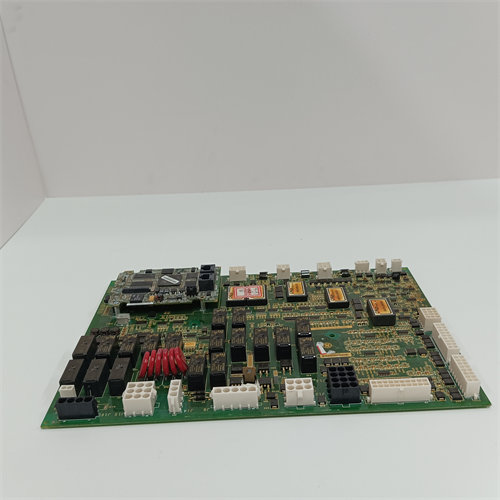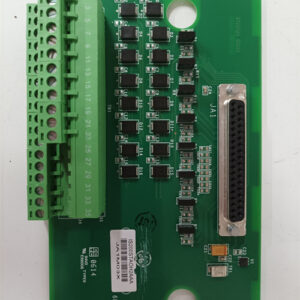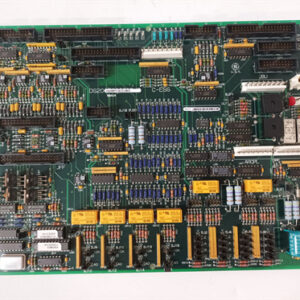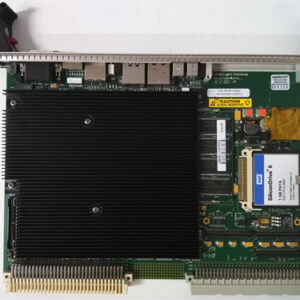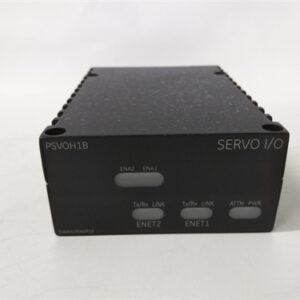الوصف
The GE DS200FCGDH1B is a specialized LCI Control & Gating Card for GE’s high-power drive systems, typically found in the Mark V and LS2100 series. This board is the crucial link between the system’s digital control core and the high-power electronic switches that regulate current and voltage.
Technical Breakdown 🧠
The card’s function is foundational to the LCI system’s high performance and reliability:
- LCI (Load Commutated Inverter): The card is designed for use in Load Commutated Inverter drive systems. These are high-power, solid-state power converters used for applications such as static starting of large gas turbines 💨. The LCI acts as a massive variable-frequency drive to control the speed and torque of a synchronous machine.
- Gating Function: This is the card’s most critical role. It generates the precise, timed electrical pulses required to “gate” or turn on the Silicon Controlled Rectifiers (SCRs) in the exciter’s power bridge. The timing of these pulses, known as the firing angle, directly controls the average DC voltage and current applied to the synchronous machine.
- Control Link: The DS200FCGDH1B receives control commands from the system’s main processor (such as a DSPC card) and translates them into the required gating pulses. This process happens in real-time, allowing the LCI system to quickly respond to changes in load or grid conditions and maintain a stable output. The
H1Brevision indicates a specific version of the board, which may include minor component updates or improvements over earlier versions like theH1A.
Without the precise gating provided by this card, the LCI’s power bridge would be unable to regulate the current, leading to unstable operation and an inability to start the turbine.
Key Features
- High-Speed Signal Processing: The card’s core function requires high-speed response to accurately set the firing angle for the SCRs.
- Multi-Channel Control: It provides multiple channels for controlling the SCRs in a 6-pulse or 12-pulse bridge configuration.
- Conformal Coating: The board is often coated to protect its sensitive electronics from harsh environmental factors like moisture and dust, ensuring longevity and reliability in industrial environments.
- Diagnostic Capabilities: It typically includes built-in diagnostics and status indicators (such as an IMOK LED) to provide information on the system’s health.

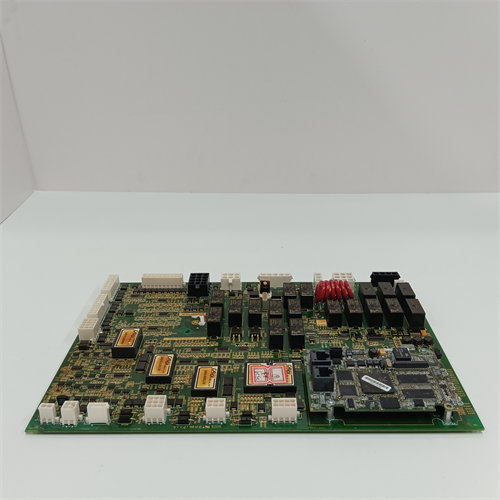
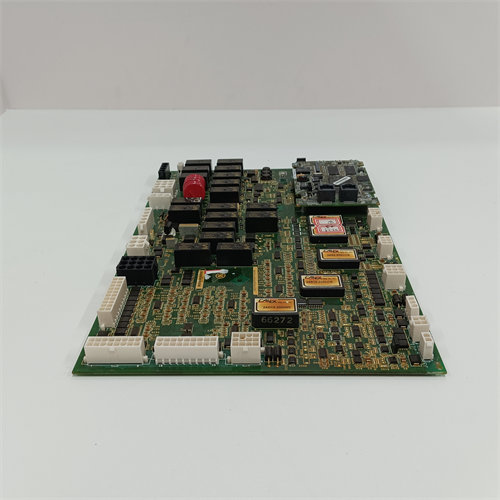

 +86 15340683922
+86 15340683922 +86 15340683922
+86 15340683922